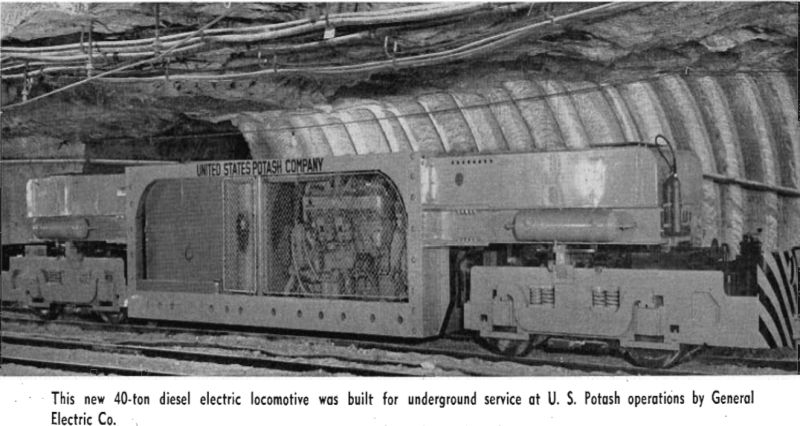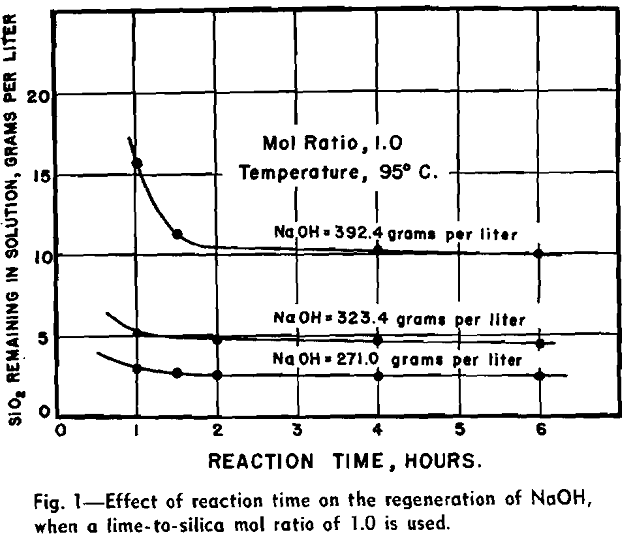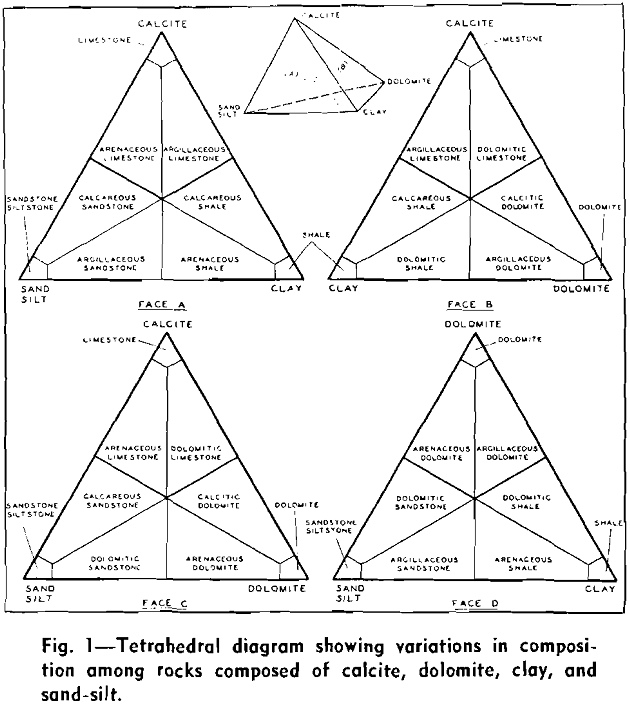How to Test the Strength of Rocks

This paper reviews the progress made in testing the strength of rocks, ores, coal, salts, and other minerals as they are encountered in mine operations. It attempts to correlate the results of these physical measurements with technological properties more useful to the mining engineer: abrasive hardness, grindability, and behavior in comminution on one hand, and […]
Centrifugal Forces Applies to Gravitational Classifiers

For many years gravitational classification has been employed as a basic tool in beneficiation of minerals and coal. While improvements have been made to increase efficiency and fields of application, the basic flow pattern has remained relatively unchanged in most gravitational classifiers. Feed slurry is introduced into a settling pool wherein the coarser solids settle […]
How to Control Dust in Crushing Plant

In 1947 an Industrial Hygiene Department was organized to represent and assist the four western mining divisions in industrial hygiene problems. Department headquarters are located at the Utah Copper Division, Magna Plant, Magna, Utah, with a branch office at the Chino Mines Division, Hurley, N. M. The headquarters staff includes a director, a department secretary, […]
Potash Mining Methods

Commercial beds of sylvite ore were discovered by the Snowden & McSweeney Co. while drilling a wildcat oil well some 25 miles northeast of Carlsbad, N. M., in 1925. After a preliminary core drilling program the U. S. Potash Co. sank a 1060-ft shaft within 4 miles of the original discovery. This shaft was in […]
Leaching Manganese Ore with Caustic Soda

All of our larger domestic deposits of manganese are very low grade, but estimated tonnages in these deposits are large enough to constitute a potential strategic reserve of manganese for emergency periods, provided these ores can be upgraded sufficiently to meet industrial specifications. Many types of processes have been suggested for upgrading these ores, several […]
Crushed Limestone Aggregates for Concrete

The problems encountered in efforts to explain the behavior of limestones, dolomites, and related rocks as concrete aggregate lie on the frontiers between the ignorance of the geologists and the ignorance of the engineers. The mineral composition and textures of the rocks have not been adequately explored and described, and the effects of mineral composition […]
